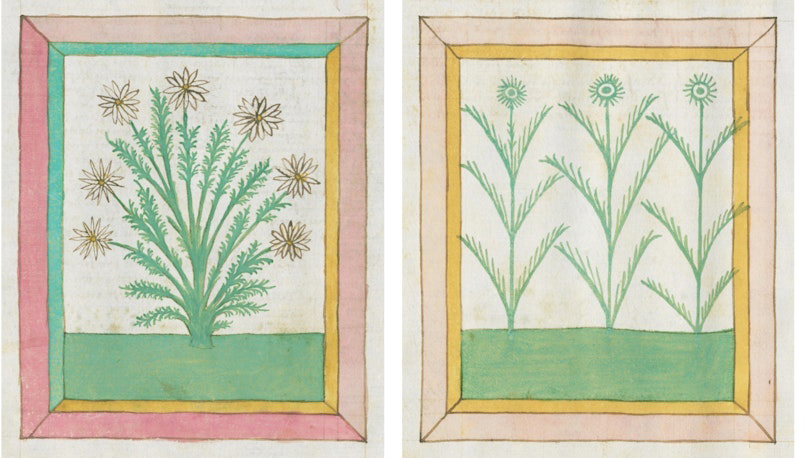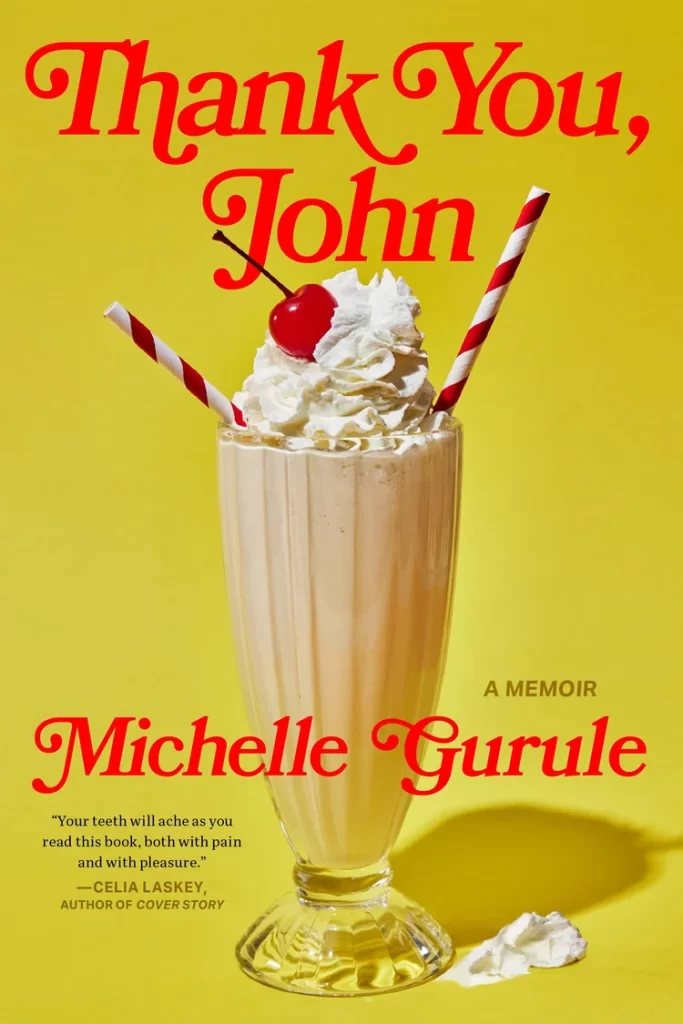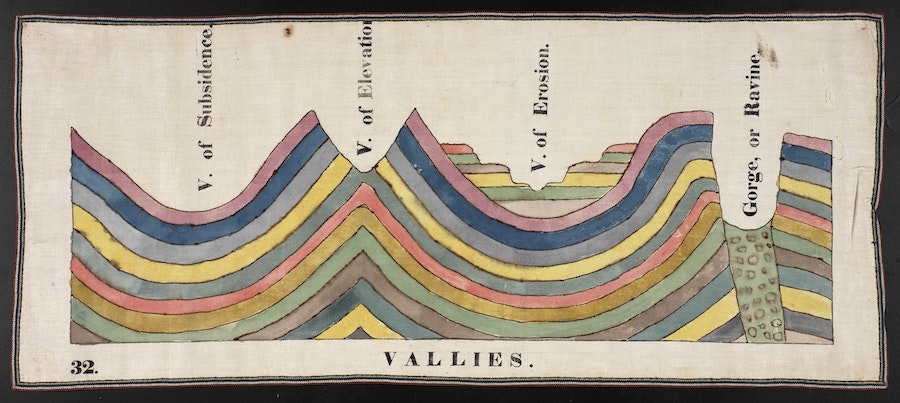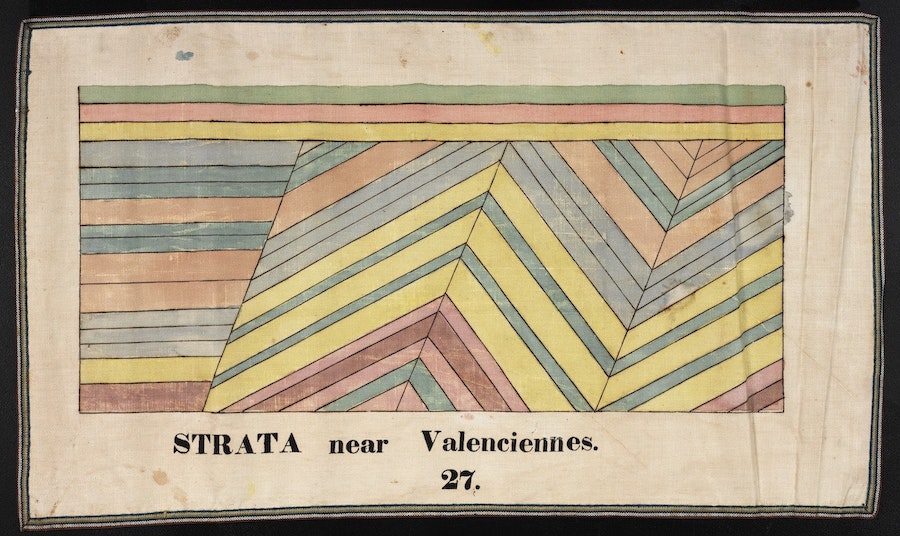I am so excited to serve as creative nonfiction editor for Blue Mesa Review this year. As I begin sifting through submissions for our Fall 2025 issue, I’ll look for essays with a few key features. I tend to gravitate toward pieces with a compelling premise and execution. The third component I look at is the writing itself, how polished or sloppy it is. Nonfiction writers face unique challenges that are encountered less frequently in fiction and poetry. Most notably, nonfiction submissions tend to struggle with tightness and efficiency. When we write about real-life events, we erroneously consider every detail critical to the storytelling. But including the entire account of what happened can clog the narrative and lead to digressions that distract from the core purpose of the essay. It may make the submission disorganized and unfocused. My suggestion for anyone submitting nonfiction is to remember that not everything is necessary; most of the minutia are not, and recognizing what is and is not relevant will help you achieve a cohesive draft ready for publication. Are the narrative threads of your essay seamlessly stitched together? Does every thread speak to the overarching tone and theme of the piece? Are there any sentences or individual words that can be removed without sacrificing the story’s meaning? If so, cut them. Trimming the text yields a cleaner draft that makes the story feel essential and urgent to readers.
Another crucial component I will be looking for is vulnerability. Providing the reader with frequent and intimate interiority is a great way to access that vulnerability. Balancing interiority with narrative momentum is something to keep in mind. A constant internal monologue can slow down the plot, but not enough can make the story feel like a hollow sequence of events. It can also be tricky to avoid heavy-handedness and on-the-nose storytelling in nonfiction because the significance of our lives likely feels apparent to us (especially if we’ve been processing it in therapy!). Subtlety takes practice, as does avoiding cliches. There is no need to tie up a story with a neat bow; an ambiguous ending can complete a submission if executed with intention and purpose.
The qualities I’ve mentioned here are what an essay needs to stand out in a slush pile. Regarding my personal preference, I appreciate lyricism and love to see the creativity it exerts on a story. The only issue I see writers encounter is when the language gets too flowery and robust to the point of distraction. Additionally, I am open to stories that involve violence or other disturbing elements; your story may be shocking, but it must offer something beyond shock to be considered. Themes that interest me include the natural world, complex relationships of any kind (platonic, familial, romantic, etc.), the setting having a prominent role in the story, surreal or uncanny circumstances or occurrences (experiencing a so-called ‘glitch in the matrix’), and the exploration of identity, including sexuality, race, and gender. Lastly, I am attracted to essays that include contradictory facets or engender a sense of wonder or awe. The former characteristic often produces challenging material, and the latter yields a playful tone that can be refreshing to read. Overall, I encourage nonfiction submitters to write themselves into their emotional truth.




